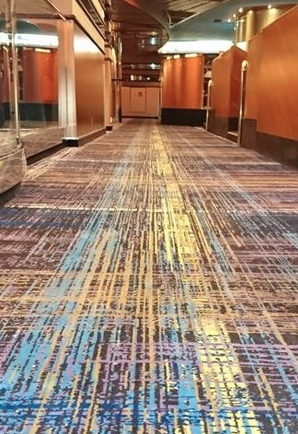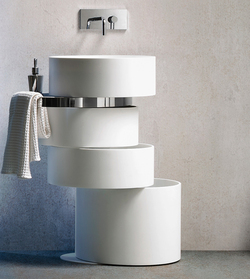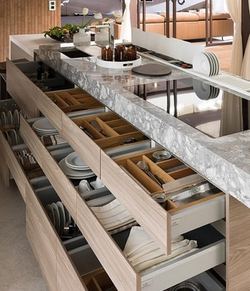Articles and news
Glass facades company Cristaltech

Self-cleaning glass, a specific type of glass, degrading soil on its surface and getting rid of it by simple methods – for example, rain water – is a good choice for glass façades with large surface. Construction-wise, one could say that glass has become an independent material. Glass panels don’t need frames any more, thanks to the new tempering and lamination techniques, supported by novel glass fixing methods.
Producers also offer a variety of solar control glass, which minimizes solar heat gain, coming through glasses. Body tinted glass will minimize heat transmission by absorbing part of the thermal energy. Modern glazing technology also allows to make glass with varying light transmission properties, where the variation values depend either on the intensity of light or allow for electrical adjustment. Intensive light will darken photochrome glass while twilight, once arrived, will make it transparent again. Electrochrome glass enables windows to change from totally transparent to completely opaque dark wall by applying DC voltage; glass with different transparency grading is available. Liquid crystal glass also can change from opaque to transparent – we’re speaking of laminated glass with liquid crystal film between the layers, which responds to applied DC voltage by changing transparency.
Submitted: 01.11.2011
You may also be interested in the following articles

Loyatic - floors for every taste

Behind the success story of the construction company Loyatic is bold expansion and an excellent team

Swiveling Rings Hiding Function and a Creative Concept: Orbit Sink

This New Advertising Agency Office Design in New York Puts Work Before Play

How to distinguish different stretch ceiling manufacturers and installers

Estonian speakers receive the 2015 CES “Best of Innovation” award

25 Brilliant Kitchen Storage Solutions

TriestEspresso expo 2014: the best edition ever

